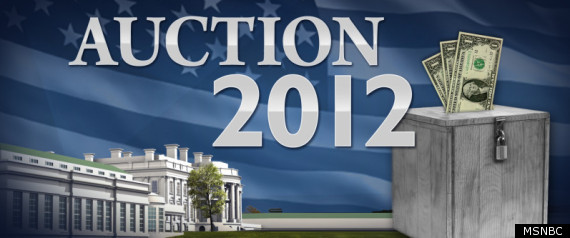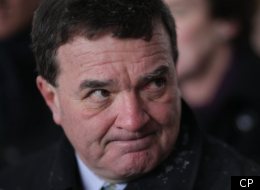NEW YORK -- When travelers from abroad come to this city, the financial and cultural capital of the world's richest nation, two dilapidated and depressing airports greet them. The clogged runways, the leaking roofs, the maddening taxi lines, the lost travelers bumping into each other -- all these depredations are just part of flying the friendly skies to JFK or LaGuardia.
Jetsetters' laments about subpar airports, now almost a cliche, may not have been foremost on President Obama's mind when he gave his State of the Union address on January 24. But they may actually be more representative of the country's nagging infrastructure problems than the images invoked by the "crumbling roads and bridges" he referenced in that speech.
The problems America faces with its infrastructure are often much less headline-grabbing than the 2005 collapse of the I-35 bridge in Minnesota, which focused national attention on the subject in a way that has set the tone of discussion ever since. They are more often on the order of lost productivity and lost opportunity. They include other problems Obama referenced in his speech, like "a power grid that wastes too much energy; an incomplete high-speed broadband network."
If the struggle to fix America's infrastructure problem were a movie, it would be less Michael Bay than Woody Allen: not a lot of action, but also not much in the way of mass fatalities. Since 2005, there haven't been any more terrifying bridge collapses. Instead, the United States has failed to innovate and failed to maintain some key pillars of its infrastructure that are often less visible. People aren't dying, but the country is slowly losing its edge.
Jetsetters' laments about subpar airports, now almost a cliche, may not have been foremost on President Obama's mind when he gave his State of the Union address on January 24. But they may actually be more representative of the country's nagging infrastructure problems than the images invoked by the "crumbling roads and bridges" he referenced in that speech.
The problems America faces with its infrastructure are often much less headline-grabbing than the 2005 collapse of the I-35 bridge in Minnesota, which focused national attention on the subject in a way that has set the tone of discussion ever since. They are more often on the order of lost productivity and lost opportunity. They include other problems Obama referenced in his speech, like "a power grid that wastes too much energy; an incomplete high-speed broadband network."
If the struggle to fix America's infrastructure problem were a movie, it would be less Michael Bay than Woody Allen: not a lot of action, but also not much in the way of mass fatalities. Since 2005, there haven't been any more terrifying bridge collapses. Instead, the United States has failed to innovate and failed to maintain some key pillars of its infrastructure that are often less visible. People aren't dying, but the country is slowly losing its edge.



































